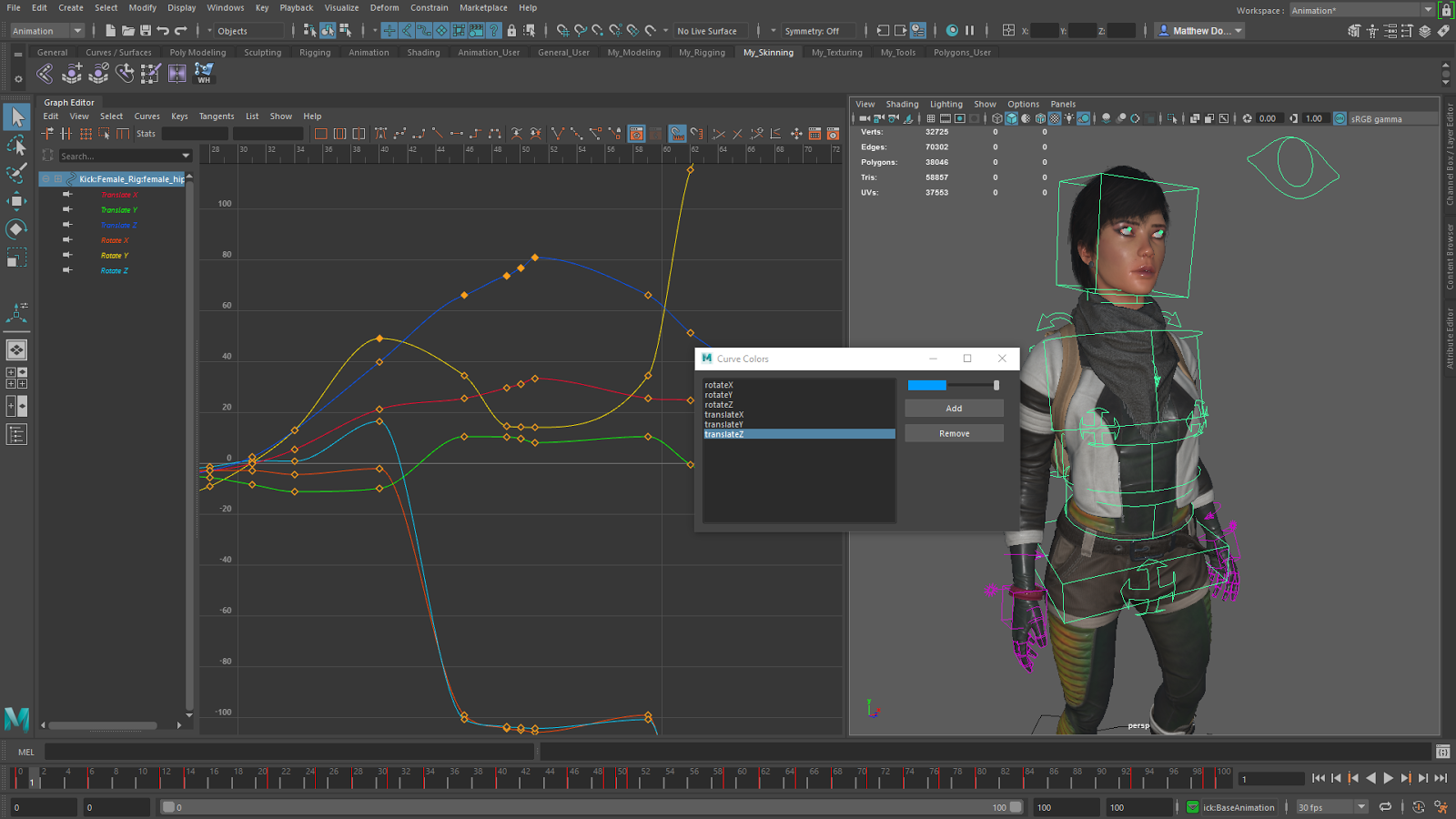

A monodisperse transmembrane α-helical peptide barrel. Direct electrical quantification of glucose and asparagine from bodily fluids using nanopores. Applications of biological pores in nanomedicine, sensing, and nanoelectronics. Reading DNA at single-nucleotide resolution with a mutant MspA nanopore and phi29 DNA polymerase. Automated forward and reverse ratcheting of DNA in a nanopore at 5-Å precision. Continuous base identification for single-molecule nanopore DNA sequencing.
#AUTODESK MAYA 2014 SERVICE PACK CADNANO PORTABLE#
Real-time, portable genome sequencing for ebola surveillance. Molecular Biology of the Cell 6th edn (Garland Publishing, 2014). Paving the way to single-molecule protein sequencing. Single-molecule protein sensing in a nanopore: a tutorial.

Single molecule sensing with solid-state nanopores: novel materials, methods, and applications. Continuous observation of the stochastic motion of an individual small-molecule walker. Real-time measurement of protein-protein interactions at single-molecule resolution using a biological nanopore. Stochastic sensing of proteins with receptor-modified solid-state nanopores. S., Gatterdam, V., Wieneke, R., Tampe, R. FraC nanopores with adjustable diameter identify the mass of opposite-charge peptides with 44 Dalton resolution. Real-time shape approximation and fingerprinting of single proteins using a nanopore. Identification of single nucleotides in MoS 2 nanopores. Ultrafast proton transport in sub-1-nm diameter carbon nanotube porins.

We expect this protocol to take approximately 1 week to complete for DNA nanobarrel pores and 2–3 weeks for DNA origami pores.
#AUTODESK MAYA 2014 SERVICE PACK CADNANO HOW TO#
We also describe a gel assay to determine pore–membrane binding and discuss how to use single-channel current recordings and dye flux assays to confirm transport through the pores. The procedure covers the self-assembly of DNA nanopores via thermal annealing, their characterization using gel electrophoresis, purification, and direct visualization with transmission electron microscopy and atomic force microscopy. We discuss strategies for the pores’ chemical modification with lipid anchors to enable them to be inserted into membranes such as small unilamellar vesicles (SUVs) and planar lipid bilayers. Here, we provide a protocol for the rational design of nanobarrel-like DNA pores and larger DNA origami nanopores for targeted applications. The pores can be harnessed in a wide range of areas, including biosensing, single-molecule chemistry, and single-molecule biophysics, as well as in cell biology and synthetic biology. Researchers can readily engineer the structure and function of DNA nanopores to synergistically combine the strengths of DNA nanotechnology and nanopores. DNA nanopores are bio-inspired nanostructures that control molecular transport across lipid bilayer membranes.


 0 kommentar(er)
0 kommentar(er)
